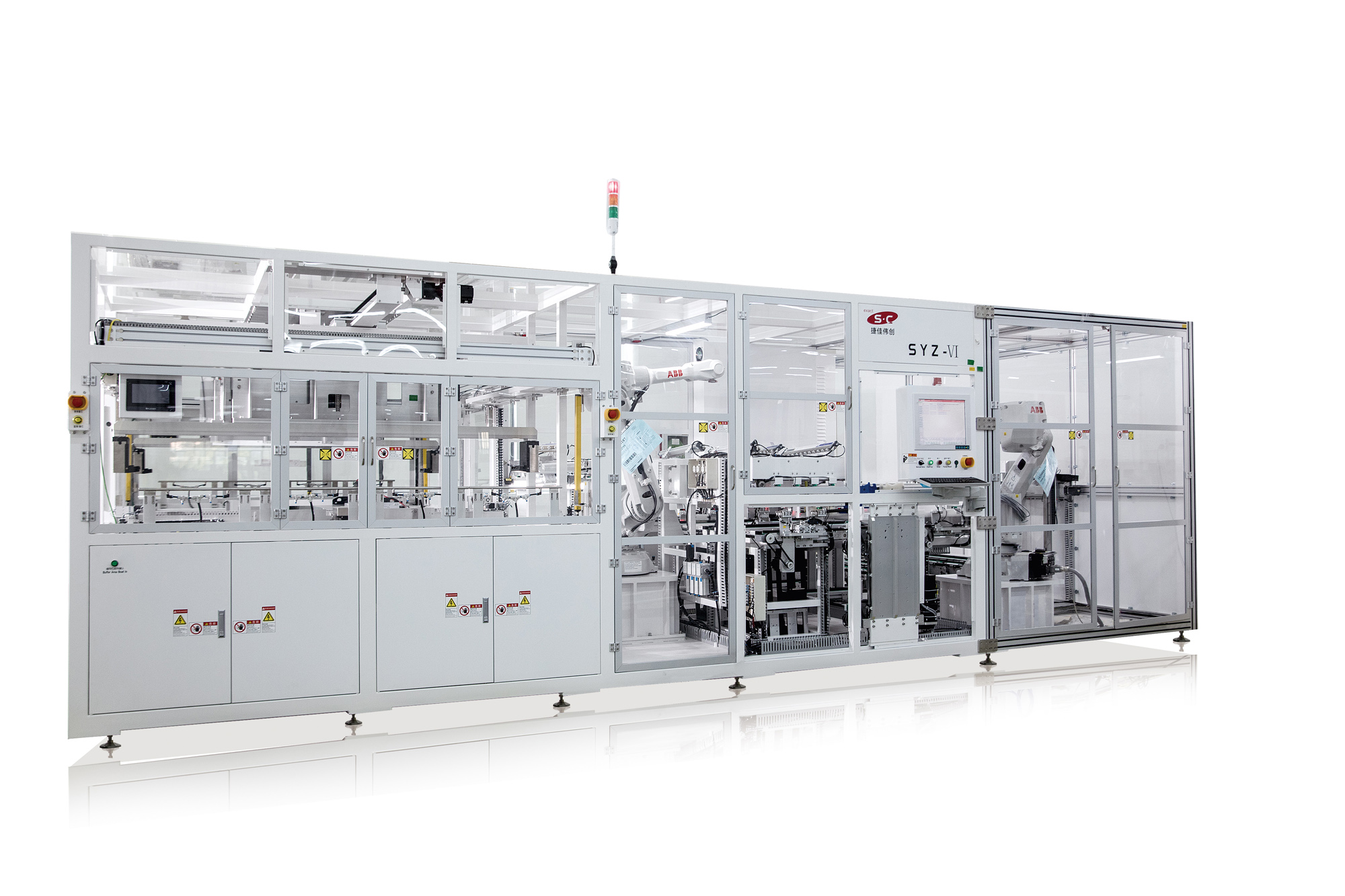Automatic Equipment
Automatic equipment, also known as automation equipment, represents the pinnacle of modern industrial technology. These sophisticated systems are designed to perform tasks with minimal human intervention, revolutionizing manufacturing processes across various industries. From assembly lines to production plants, automatic equipment plays a vital role in enhancing efficiency, productivity, and precision.
Key Components and Technologies:
- Sensors and Detectors: Automatic equipment utilizes a variety of sensors and detectors to perceive and analyze environmental conditions, such as temperature, pressure, and motion. These sensors provide real-time data feedback, enabling precise control and adjustment of operations.
- Programmable Logic Controllers (PLCs): PLCs serve as the brains of automatic equipment, executing pre-programmed instructions to control machinery and processes. These controllers ensure seamless coordination and synchronization of multiple components, optimizing workflow efficiency.
- Actuators and Motors: Actuators and motors convert electrical signals into mechanical motion, enabling automatic equipment to perform a wide range of tasks, from robotic arms assembling components to conveyor belts transporting materials.
- Human-Machine Interface (HMI): HMIs provide operators with intuitive interfaces to monitor and control automatic equipment. Through touchscreens or graphical displays, operators can access real-time data, adjust parameters, and diagnose issues, enhancing operational transparency and efficiency.
- Machine Learning and AI: Advanced automatic equipment may incorporate machine learning algorithms and artificial intelligence (AI) to adapt to changing conditions, optimize performance, and even predict maintenance needs. These technologies enable continuous improvement and innovation in industrial operations.
Applications of Automatic Equipment:
- Manufacturing and Assembly: Automatic equipment streamlines manufacturing and assembly processes by automating repetitive tasks, reducing cycle times, and improving product consistency. Whether producing automobiles, electronics, or consumer goods, automated assembly lines enhance efficiency and quality control.
- Material Handling and Logistics: In warehouses and distribution centers, automatic equipment such as robotic arms and automated guided vehicles (AGVs) streamline material handling and logistics operations. These systems optimize inventory management, minimize errors, and accelerate order fulfillment processes.
- Packaging and Labeling: Automatic equipment plays a crucial role in packaging and labeling operations, from filling containers with precise amounts of products to applying labels with accuracy and efficiency. Automated packaging lines increase throughput and ensure product integrity, meeting the demands of modern supply chains.
- Quality Control and Inspection: Automatic equipment incorporates advanced imaging systems and sensors to perform quality control and inspection tasks with unparalleled precision. By detecting defects and deviations from specifications in real time, these systems ensure product quality and compliance with industry standards.
Benefits of Automatic Equipment:
- Increased Efficiency: By eliminating manual labor and optimizing processes, automatic equipment significantly increases operational efficiency, reducing cycle times and production costs.
- Enhanced Productivity: Automatic equipment enables continuous operation and higher throughput rates, maximizing productivity and meeting demand fluctuations with ease.
- Improved Safety: Automated systems reduce the risk of workplace accidents and injuries associated with manual labor, ensuring a safer working environment for employees.
- Higher Quality: With precise control and consistent performance, automatic equipment improves product quality and reduces defects, enhancing customer satisfaction and brand reputation.
- Cost Savings: While initial investments in automatic equipment may be substantial, the long-term cost savings in labor, energy, and materials outweigh the upfront expenses, resulting in improved profitability.






Reviews
There are no reviews yet.